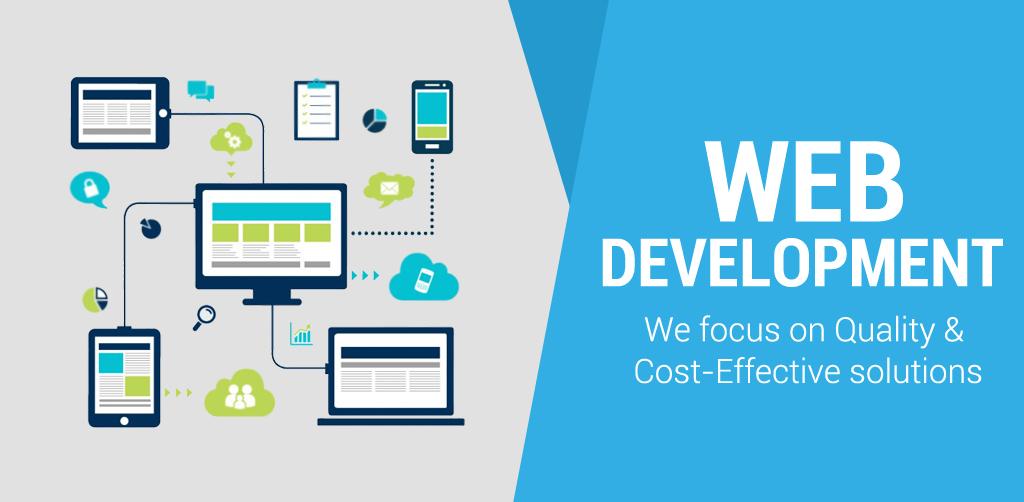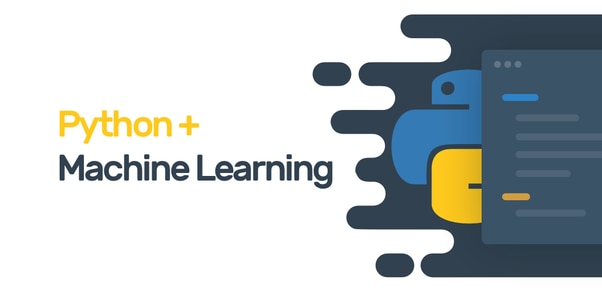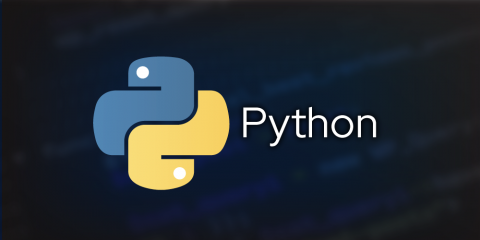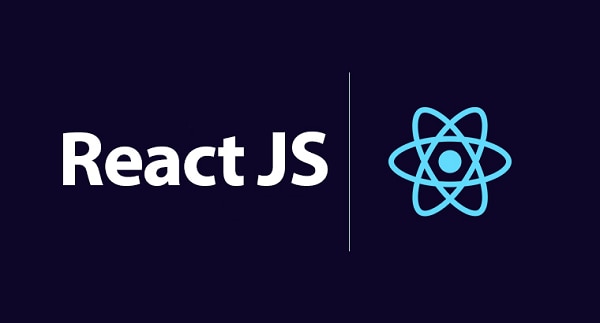Python is a high-level, interpreted programming language that is commonly used for web development, scientific computing, data analysis, artificial intelligence, and educational purposes. It was created by Guido van Rossum in 1991 and is now maintained by the Python Software Foundation. Python is known for its clear and readable syntax, making it a popular choice for beginners and experienced programmers alike. It also has a large and active community that provides a wide range of libraries and modules for various tasks. Python supports multiple programming paradigms such as object-oriented, imperative, and functional programming. It can be used on various platforms such as Windows, MacOS, and Linux, and can be integrated with other languages and tools. The current version of Python is Python 3.10.0 In addition to its clear syntax and active community, Python also has several features that make it a powerful and versatile language. These include: • Dynamic typing: Python uses a system of dynamic typing, which means that variables do not have to be declared with a specific data type. This allows for more flexibility in writing code, but can also make it more difficult to catch certain types of errors. • Interpreter: Python code is executed by an interpreter, which reads the code line by line and carries out the instructions. This allows for faster development and testing, as there is no need to compile the code before running it. • Standard Library: Python has a large standard library that provides a wide range of modules for various tasks such as connecting to web servers, reading and writing files, and working with data. • Object-Oriented Programming: Python supports object-oriented programming, which allows for the creation of reusable code through the use of classes and objects. • Exception Handling: Python provides a robust system of exception handling, which allows for the detection and handling of errors in a program. • Community: Python has a large, active and diverse community, which is continuously adding new libraries, modules, and tools. Python is widely used in many areas such as Web Development, Data Science, Machine Learning, Artificial Intelligence, Game Development, and many more. Python has many libraries such as NumPy, pandas, scikit-learn, TensorFlow, Keras, PyTorch and many more which are widely used in Data Science and Machine Learning. It is also widely used in Web development with frameworks such as Django, Flask, Pyramid and so on. Some of the main advantages of using Python include: • Easy to Learn and Use: Python has a simple, easy-to-read syntax that makes it a great language for beginners. It also has a large and active community that provides a wide range of tutorials, documentation, and resources for learning the language. • Versatile: Python can be used for a wide range of tasks, from web development and scientific computing to data analysis and artificial intelligence. Its flexibility makes it a popular choice for many different types of projects. • Large Standard Library: Python has a large standard library that provides a wide range of modules for various tasks. This reduces the need for developers to write their own code for common tasks and allows them to focus on the unique aspects of their projects. • Object-Oriented: Python supports object-oriented programming, which allows for the creation of reusable code through the use of classes and objects. This makes it easier to manage and maintain large projects. • Active Community: Python has a large and active community that provides a wide range of libraries and modules, as well as support and resources for learning the language. • Cross-platform: Python can be used on a variety of platforms, including Windows, Mac, and Linux, making it a great choice for projects that need to be ported to different systems. • Open-source: Python is an open-source language, which means that it is free to use and can be modified and distributed by anyone. • High-level: Python is a high-level language, which means that it is closer to human language than machine language. This makes it easier to read and write than low-level languages like assembly or C. • Interpreter: Python code is executed by an interpreter, which reads the code line by line and carries out the instructions. This allows for faster development and testing, as there is no need to compile the code before running it. Python is often compared to other programming languages, such as: • Java: Both Python and Java are popular, high-level, general-purpose programming languages. Both languages are object-oriented, have large standard libraries, and are widely used for web development and other tasks. However, Java is considered to be more verbose than Python, which can make it more difficult to read and write. Java also requires the use of semicolons and curly braces, which can make it more prone to syntax errors. • C++: Both Python and C++ are popular, high-performance programming languages. C++ is considered to be more powerful than Python, as it is a low-level language that gives developers more control over memory management and hardware resources. However, C++ is also considered to be more difficult to learn and use, as it requires more manual memory management and has a more complex syntax. • R: Both Python and R are popular languages for data analysis and statistics. R is considered to be more specialized than Python, as it is specifically designed for data analysis and has a number of libraries and modules for this task. However, Python is considered to be more versatile than R, as it can be used for a wider range of tasks and has a larger standard library. • JavaScript: Both Python and JavaScript are popular languages for web development. JavaScript is primarily used for client-side scripting, while Python is used for server-side scripting. JavaScript is also used for creating interactive web pages and browser scripting, whereas Python is used for various other things as well. Ultimately, the choice of programming language will depend on the specific requirements of the project and the skills of the developer. Python is a versatile language that is suitable for a wide range of tasks, but other languages may be more appropriate for specific use cases. There are several reasons why one might choose to use Python over other programming languages: • Easy to Learn and Use: Python has a simple, easy-to-read syntax that makes it a great language for beginners. It also has a large and active community that provides a wide range of tutorials, documentation, and resources for learning the language. • Versatility: Python can be used for a wide range of tasks, from web development and scientific computing to data analysis and artificial intelligence. Its flexibility makes it a popular choice for many different types of projects. • Large Standard Library: Python has a large standard library that provides a wide range of modules for various tasks. This reduces the need for developers to write their own code for common tasks and allows them to focus on the unique aspects of their projects. • Object-Oriented: Python supports object-oriented programming, which allows for the creation of reusable code through the use of classes and objects. This makes it easier to manage and maintain large projects. • Active Community: Python has a large and active community that provides a wide range of libraries and modules, as well as support and resources for learning the language. • Cross-platform: Python can be used on a variety of platforms, including Windows, Mac, and Linux, making it a great choice for projects that need to be ported to different systems. • Open-source: Python is an open-source language, which means that it is free to use and can be modified and distributed by anyone. • High-level: Python is a high-level language, which means that it is closer to human language than machine language. This makes it easier to read and write than low-level languages like assembly or C. • Interpreter: Python code is executed by an interpreter, which reads the code line by line and carries out the instructions. This allows for faster development and testing, as there is no need to compile the code before running it. In addition to above points, Python is especially well-suited for data science and machine learning, with a wide range of libraries and frameworks such as NumPy, pandas, scikit-learn, TensorFlow, and Keras available, which makes it a popular choice for data scientists and researchers. Moreover, it is also a great choice for web development with frameworks such as Django and Flask, which allow for fast and efficient development of web applications. The future scope of Python is quite promising, as it continues to be widely used in a variety of fields, including web development, data science, machine learning, artificial intelligence, and more. Some specific areas where Python is likely to see significant growth in the future include: • Data Science and Machine Learning: With the increasing amount of data being generated and the growing need for sophisticated data analysis, Python's popularity as a data science and machine learning language is likely to continue to grow. Its powerful libraries and frameworks, such as NumPy, pandas, scikit-learn, TensorFlow, Keras, and PyTorch, make it a great choice for data scientists and researchers. • Artificial Intelligence: Python is increasingly being used to develop applications that use AI and machine learning, such as natural language processing, image recognition, and speech recognition. The growing popularity of AI in various industries, such as finance, healthcare, and retail, is likely to lead to an increase in the demand for Python developers with AI and machine learning skills. • Web Development: With the growing popularity of web development, Python's popularity as a web development language is likely to continue to grow. Its web development frameworks, such as Django and Flask, allow for fast and efficient development of web applications. Python is a versatile, high-level programming language that is suitable for a wide range of users. It is often used as an introductory language for those new to programming, but it is also powerful enough to be used in professional settings. Anyone can learn Python, regardless of their background or experience level. Some examples of people who might benefit from learning Python include: • Beginners: Python is often recommended as a first programming language for beginners due to its simple, easy-to-read syntax and large community of users who provide tutorials and resources for learning the language. • Data Scientists and Researchers: Python is a popular choice for data science and machine learning, with powerful libraries and frameworks such as NumPy, pandas, scikit-learn, TensorFlow, and Keras available. • Web Developers: Python is a versatile language that can be used for web development, with popular frameworks such as Django and Flask. • Scientists and Engineers: Python is often used in scientific computing and engineering, with powerful libraries such as SciPy and NumPy available. • Financial Analysts and Economists: Python is widely used in finance and economics, with libraries such as pandas, NumPy, and scikit-learn, which provide tools for data analysis and modeling. • Software Developers: Python is a powerful language that can be used for a wide range of tasks, from web development and scientific computing to data analysis and artificial intelligence. Basically, anyone who has an interest in programming, data analysis, artificial intelligence, or software development can benefit from learning Python. It is also a good choice for those who want to automate their There are no strict prerequisites for learning Python, as it is a high-level programming language that is designed to be easy to read and write. However, it is helpful to have a basic understanding of some key concepts in computer science, such as: • Algorithms and data structures: Understanding basic algorithms and data structures, such as lists, dictionaries, and loops, can be helpful when learning to write Python code. • Programming concepts: Familiarity with basic programming concepts, such as variables, functions, and control structures, can help you understand how Python code works. • Basic computer skills: Having basic computer skills, such as the ability to navigate the command line and use a text editor, can be helpful when working with Python. • Familiarity with a different programming language can also be beneficial when learning Python as it will help you understand the basic concepts of programming, but it is not a must-have prerequisite. Overall, having some knowledge about programming will make learning Python easier, but it is not a strict requirement. Python is designed to be easy to learn and use, and many resources are available online to help beginners get started. Python is a widely-used programming language with a strong ecosystem, and as such, it offers a wide range of job opportunities across different industries and domains. Here are some examples of job roles that use Python: • Software Developers: Python is a versatile language that can be used for a wide range of tasks, from web development and scientific computing to data analysis and artificial intelligence. Software developers who know Python can work on a variety of projects, from building web applications to developing desktop software and mobile apps. • Data Scientists and Data Analysts: Python is a popular choice for data science and machine learning, with powerful libraries and frameworks such as NumPy, pandas, scikit-learn, TensorFlow, and Keras available. Data scientists and data analysts who know Python can use these tools to analyze and visualize data, build predictive models, and more. • Web Developers: Python is a versatile language that can be used for web development, with popular frameworks such as Django and Flask. Web developers who know Python can use these frameworks to build and maintain web applications. • Machine Learning Engineers: Python is increasingly being used to develop applications that use AI and machine learning, such as natural language processing, image recognition, and speech recognition. Machine learning engineers who know Python can use its powerful libraries and frameworks to build and implement these models. • Network/DevOps Engineers: Python is also popular in systems administration and networking, due to its simple and easy-to-use syntax and its vast collection of libraries. Automation of repetitive tasks and integration with other systems are frequent use cases in the field. • Research Scientists: Python is often used in scientific computing and engineering, with powerful libraries such as SciPy and NumPy available. Research scientists who know Python can use these libraries to perform complex data analysis and simulations. • Financial Analysts and Economists: Python is widely used in finance and economics, with libraries such as pandas, NumPy, and scikit-learn, which provide tools for data analysis and modeling. Financial analysts and economists who know Python can use these tools to analyze financial data and build financial models. In summary, Python is a versatile language with a wide range of job opportunities, and it can be used in various fields such as web development, data science, machine learning, artificial intelligence, finance, and many more. As a python developer you can work in startups, large companies, and even as a freelancer. ...
5000 INR View More








